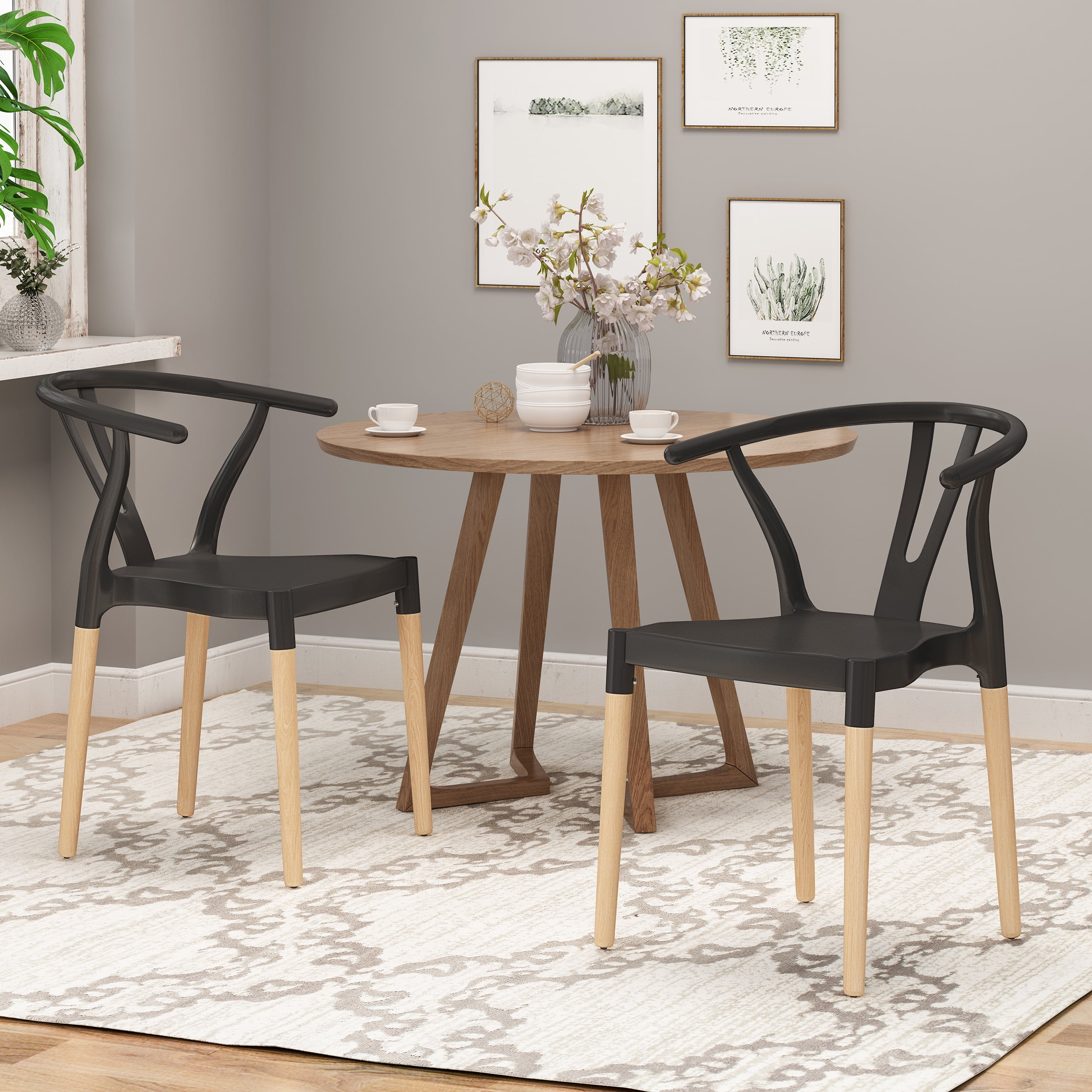Materials and Manufacturing of Black Wooden Chair Legs

Okay, so you’ve got the intro sorted, the outro’s ready to roll, and now we’re diving into the nitty-gritty of black wooden chair legs. Think of it as the behind-the-scenes action, the stuff they don’t show you in the fancy furniture catalogs. Let’s get into the wood, the process, and the environmental impact – because even chairs have a carbon footprint, you know?
Wood Types Suitable for Black Staining, Black wooden chair legs
Choosing the right wood is like picking the perfect bandmate – it’s gotta have the right vibe and be able to hold its own. Different woods react differently to stains, and some are just plain more durable than others. Let’s break down some popular choices and see how they stack up.
- Oak: A classic choice, known for its strength and beautiful grain. Takes stain well, resulting in a rich, deep black. However, it’s on the pricier side.
- Beech: A lighter, more uniform wood, which means the black stain will be very consistent. It’s relatively inexpensive, but might not be as durable as oak in the long run.
- Mahogany: This luxurious wood boasts a naturally reddish hue, which can subtly influence the final black finish. It’s incredibly durable but comes with a hefty price tag.
- Rubberwood: A sustainable option, rubberwood is relatively inexpensive and readily available. Its porous nature means it absorbs stain well, but it’s not as hard as oak or mahogany.
Manufacturing Process of Black Wooden Chair Legs
From tree to stylish chair leg – it’s a journey! Let’s break down the steps involved in creating these dark and handsome furniture components.
| Step | Description | Tools/Materials | Considerations |
|---|---|---|---|
| 1. Sourcing and Milling | Selecting appropriate wood logs, cutting them into planks, and then milling them to the required dimensions for chair legs. | Chainsaws, milling machines, planers | Ensure the wood is sustainably sourced and free from defects. |
| 2. Shaping and Cutting | Using various woodworking tools to shape the legs to their final form, including tapering, shaping the feet, and creating any decorative elements. | Lathes, hand saws, chisels, routers | Precision is key to achieving a consistent and aesthetically pleasing finish. |
| 3. Sanding | Smoothing the surfaces of the legs using sandpaper of progressively finer grits to remove any imperfections and prepare the wood for staining. | Sandpaper (various grits), sanding block | Proper sanding is crucial for an even stain application and a smooth final finish. |
| 4. Staining | Applying a black wood stain to the legs using a brush, rag, or spray gun. Multiple coats may be necessary for deep, even color. | Black wood stain, brushes, rags, spray gun (optional) | Allow adequate drying time between coats to prevent bubbling or uneven color. |
| 5. Sealing | Applying a protective sealant (e.g., polyurethane or varnish) to protect the stain and the wood from moisture and wear. | Sealant, brushes, rags | Choose a sealant that is compatible with the wood and stain used. |
Environmental Impact and Sustainable Practices
Okay, let’s get real. Making chairs isn’t exactly a walk in the park for the environment. Using sustainably harvested wood, like certified FSC wood, is a must. Reducing waste during the milling and shaping processes, and using water-based stains and sealants that have lower VOCs (volatile organic compounds) is also crucial. Think of it as chair-making with a conscience – it’s totally doable, and it makes a difference. Companies like Herman Miller are already doing this, setting a good example. They focus on sustainable materials and efficient manufacturing processes, proving that stylish and eco-friendly aren’t mutually exclusive.
